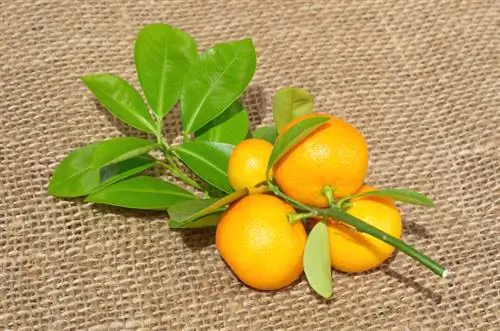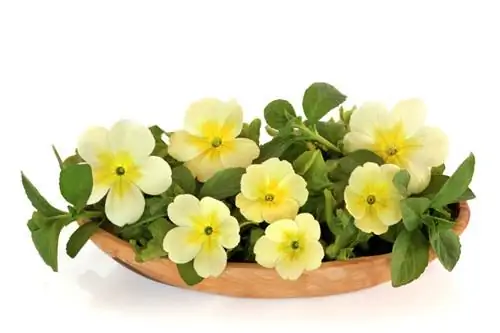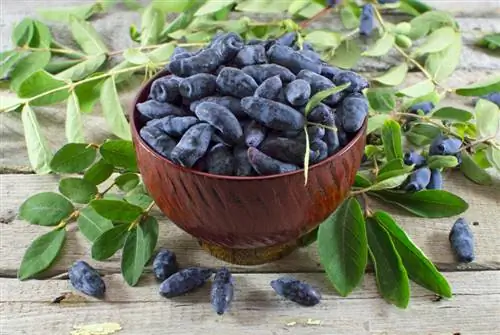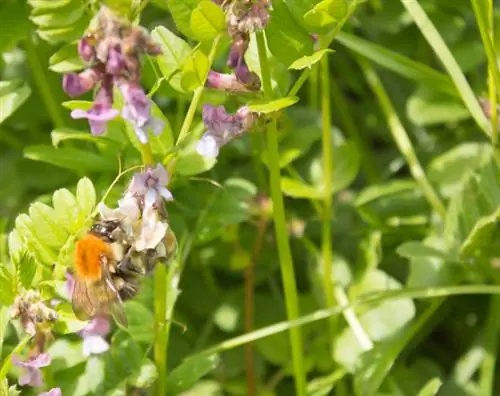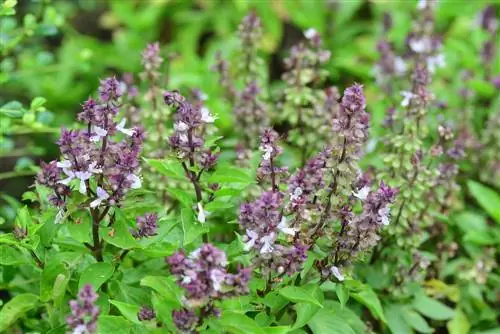- Author admin [email protected].
- Public 2023-12-16 16:46.
- Last modified 2025-06-01 06:02.
A Calamondin delights with Mediterranean charm and uncomplicated care. The cross between mandarin and kumquat bears numerous fruits in a bright, golden orange. Although Citrus mitis is not a true orange, these fruits are still edible. You can get tips and recipes for sour fruit enjoyment here.
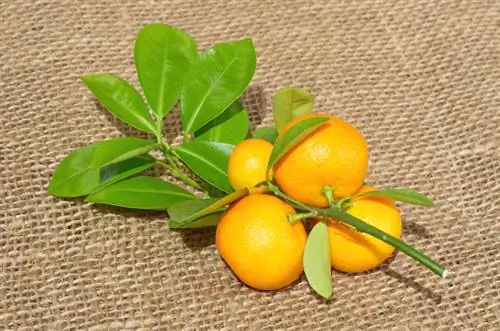
Are calamondin oranges edible?
Calamondin oranges (Citrus mitis) are edible and have a sour taste. They are suitable as an ingredient in jam, tea, fruit punch or liqueur - however, their peel should be removed before consumption.
Calamondin orange smells sweeter than it tastes
If its flowers exude their sweet scent on the balcony and windowsill, your calamondin belies the actual taste of its fruits. The shape and color are reminiscent of tangerines or small oranges; In fact, the Calamondin oranges have a sour taste.
Fresh consumption subject to reservation
If you have a passion for invigorating fruit enjoyment according to the motto 'Sour makes you fun', the Calamondin orange is perfect for fresh consumption. Please wait until the fruits fall off almost on their own. Since the peel is not suitable for consumption, it should be removed first.
Delicious calamondin jam - recipe suggestion
To process your calamondin harvest into a sour-fruity jam, the following recipe suggestion would serve as inspiration:
- Peel and puree 1 kg of fruit
- Add 500 g preserving sugar 2:1 and stir
- Boil in a kettle
- Continue to simmer for 4 to 5 minutes while stirring
Pour the hot mixture into clean jars with screw caps that are placed on a damp surface. Seal tightly, turn each jar upside down and allow to cool.
Tip
If your Calamondin does not provide enough fruit for 1 kg of base mass, simply make up the missing amount with a real orange.
Fruity flavor in drinks - this is how it works with and without tips
You can wonderfully flavor tea with the fruits and flowers of a citrus mitis. However, the flowers should only be used for this purpose if the tree bears a large number of them. Dry the peel in the air or on a radiator and cut it into small pieces. Then add the dried material to your favorite tea blend and brew everything with boiling water. Let it steep for 10 minutes and enjoy.
Cut the peeled mini oranges into wedges and have an excellent ingredient in your hands for a refreshing fruit punch or rum pot. Combined with other exotic fruits such as mango, kiwi or pineapple, you can conjure up delicious drinks with or without alcohol that will delight your family and guests.
Anyone who is familiar with the sophisticated production of liqueur swears by calamondin fruits as an ingredient because they give the spirited drink a special touch.
Tip
The easy care of a Calamondin results, among other things, from unproblematic overwintering. Unlike lemons and real oranges, a citrus mitis can spend the winter indoors. The decorative citrus plant can cope with room temperatures, less light and dry heated air without complaining, as long as the care program is modified accordingly.

